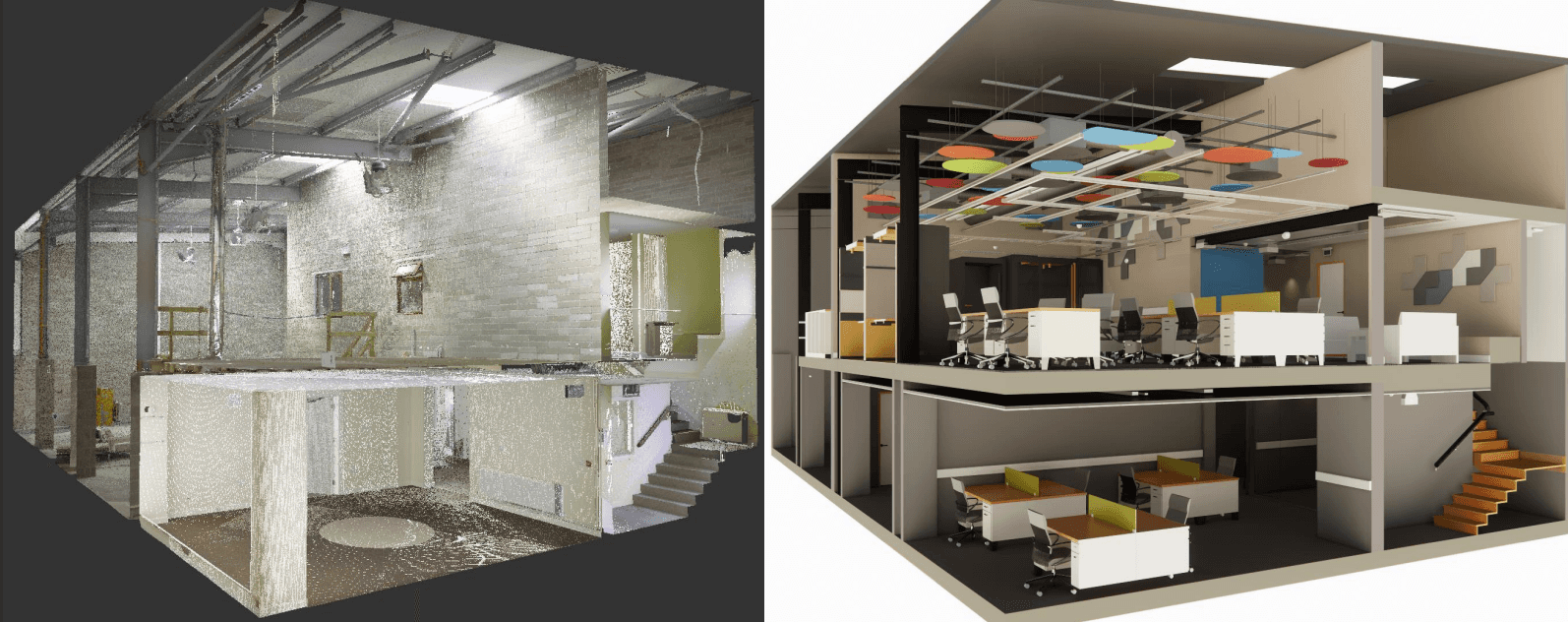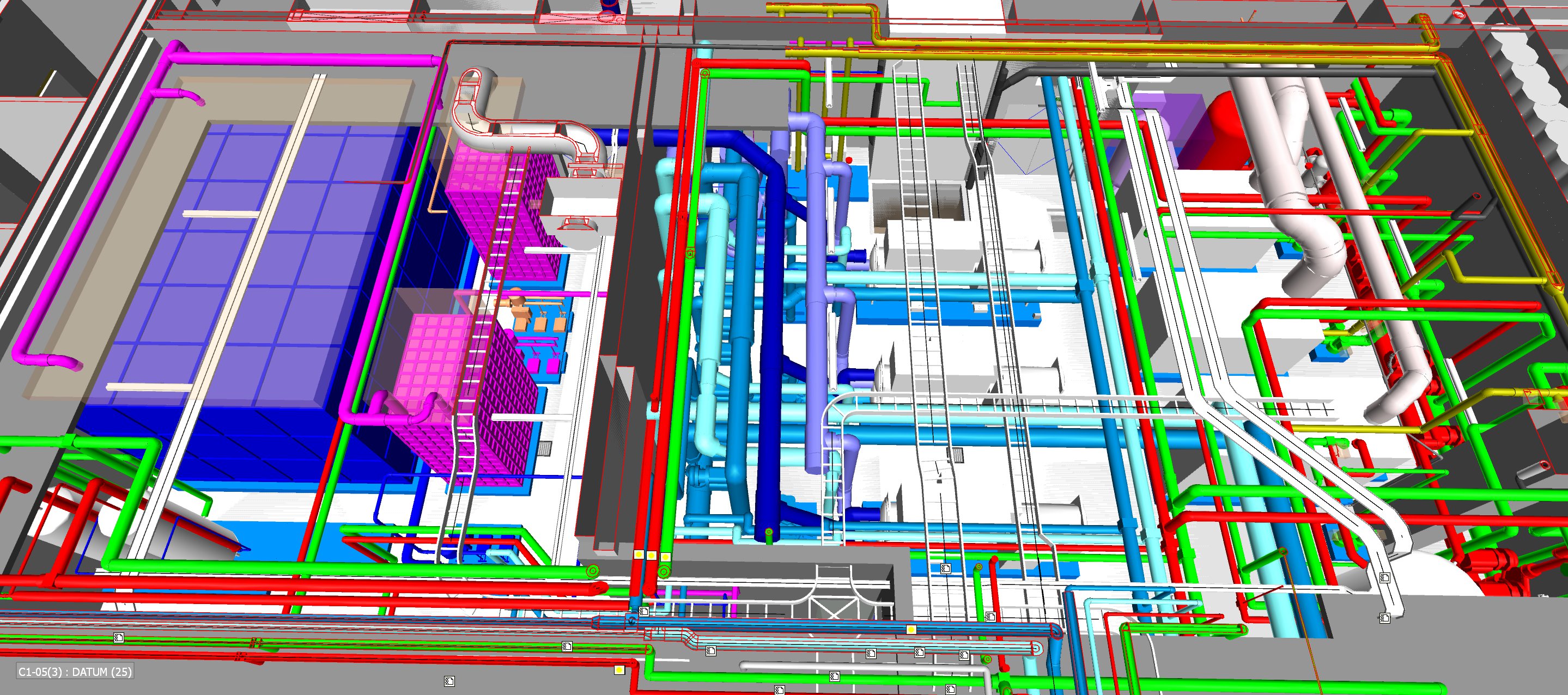
5 Reasons Why Design and Construction Firms Struggle to Reap the Benefits of BIM
In the rapidly evolving world of architecture, engineering, and construction, Building Information Modelling (BIM) has emerged as a revolutionary force. BIM's promise of enhanced efficiency, accuracy, and collaboration is undeniable. However, despite its potential, many design and construction firms find themselves grappling with fully harnessing the benefits of BIM. This blog post explores the top five reasons hindering these firms from fully reaping the rewards of BIM, shedding light on the obstacles and how to overcome them.
Reason 1: Inadequate Training and Skill Development
The first major hurdle is inadequate training and skill development. BIM is a complex system requiring a deep understanding of its tools and applications. Without robust training programs, employees may find themselves lost in the nuances of BIM software, leading to underutilization and inefficiency. To counter this, firms need to partner with BIM specialists for comprehensive training and ongoing mentorship, ensuring that their teams are well-equipped to navigate the intricacies of BIM.
Reason 2: Resistance to Change
Many established firms with ingrained traditional practices exhibit a marked resistance to adopting the new technologies and workflows that BIM demands. This resistance is often rooted in a reluctance to depart from familiar methods. Overcoming this barrier involves demonstrating the tangible benefits of BIM, using proven strategies and workflows to facilitate a smoother transition to modern, technology-driven practices.
Reason 3: Siloed Workflows and Lack of Collaboration
BIM thrives on collaboration and coordination. When firms operate in isolated silos, critical information can slip through the cracks, leading to project delays and costly rework. Implementing collaborative approaches is crucial, ensuring that all stakeholders, from designers to contractors, work in unison. This coordinated effort helps in avoiding clashes, rework, and maximizes the overall value derived from BIM.
Reason 4: Insufficient Investment in Technology and Infrastructure
To harness the full potential of BIM, significant investment in modern technology and infrastructure is imperative. Firms using outdated hardware and software are likely to encounter operational slowdowns, negatively impacting project timelines and quality. Guiding firms towards appropriate tech investments is essential for smooth BIM operation and enhanced productivity.
Reason 5: Lack of Clear Project Goals and Standards
Undefined project goals and the absence of standardized processes can lead to a lack of alignment in BIM projects. This misalignment often results in varied interpretations of project requirements, causing clashes, errors, and delays. Establishing clear objectives and standards is paramount in preventing misunderstandings and ensuring the successful execution of BIM projects.
Conclusion
Unlocking the full potential of BIM requires a multifaceted approach. By addressing the challenges of training, change management, collaboration, technological investment, and clear goal setting, firms can overcome the hurdles that prevent them from fully benefiting from BIM. For those needing assistance in navigating these challenges, expert guidance is available. Embracing BIM's capabilities fully not only enhances project efficiency but also paves the way for a more innovative and collaborative future in the design and construction industry.


